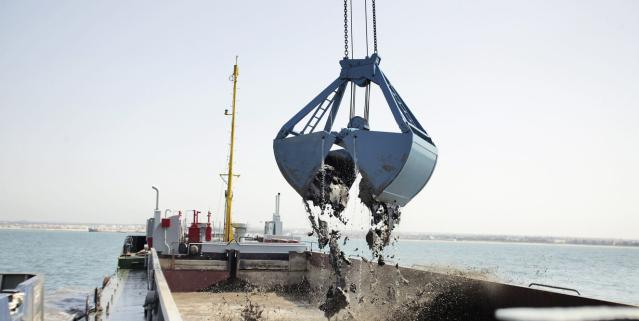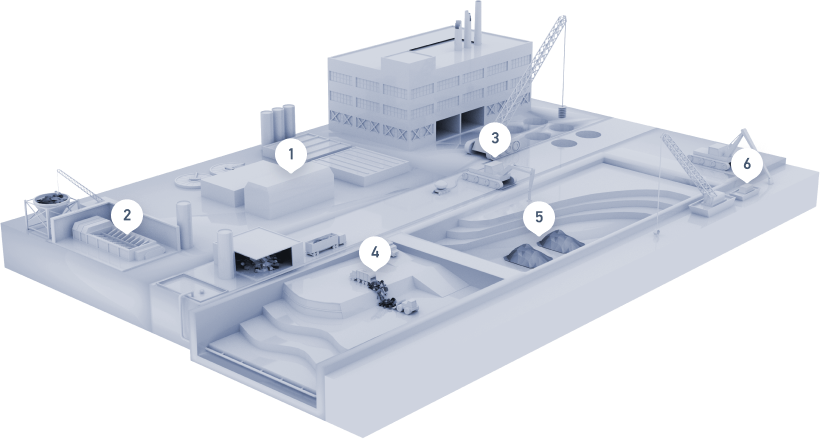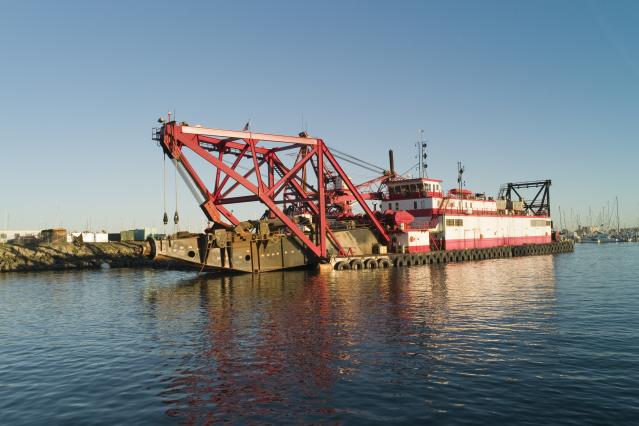
Do you have a question about this application? Ask our specialists
Contact us
Features & Benefits
Features
- Pozzolanic reactions
- Improved handling
- Immobilization and stabilization
Benefits
- Improved dewatering
- Contaminant immobilization & leaching blockage
- TCO reduction
- Availability
Features in more detail:
Pozzolanic reactions:
- Lime and lime-based binders are advantageously used to solidify and stabilize dredged sediments for reuse.
Improved handling:
- StabiCalco® range products promote coagulation/flocculation in improving drainage, handling, solidification.
Immobilization and stabilization:
- For most of sediments, customized binders combine the effects above with increased cementitious reaction of hydraulic admixtures. This synergetic effect results in stable and durable final products wherever required.
Benefits in more detail:
Improved dewatering:
- Drying and solidification thanks to exothermic reactions.
- Further dewatering by reaction with clay minerals in the sediments, releasing physically bound water; this changes their character to sandy or granular.
Contaminant immobilization and leaching blockage:
- Reduction in the solubility of most contaminants in dredging sludge (mainly heavy metals) due to the alkaline pH of the lime and prevention of their leaching into the environment.
- Sediment stabilization thanks to pozzolanic reaction between lime and clay minerals into a solid and low-permeability matrix, which contributes to blocking the leaching of contaminants.
TCO reduction:
- As a result of the different functionalities of the StabiCalco® product range, a reduction in the number of treatment steps and/or in-situ treatment can be achieved, leading to a reduction in overall treatment costs.
Availability:
- No availability limits and locally produced.
Dedicated solutions for your specific needs

Prior to any reuse, the sediment shall meet the basic technical parameters for a given application. Depending on the final reuse, it shall also comply with complex legislation on marine, inland water, waste, and soil protection.
Sediment can't be reused in a sludge form. In all cases, it shall be dewatered to obtain a typical soil consistency. In case of contamination, dredged sediments must undergo special treatment to remove their harmful effects. Stabilization processes are used to keep any contaminants under control.
Carmeuse offers the know-how and services of the StabiCalco® range to address the specific needs of complex treatment, solidification and stabilization of dredging sludge and sediments.






